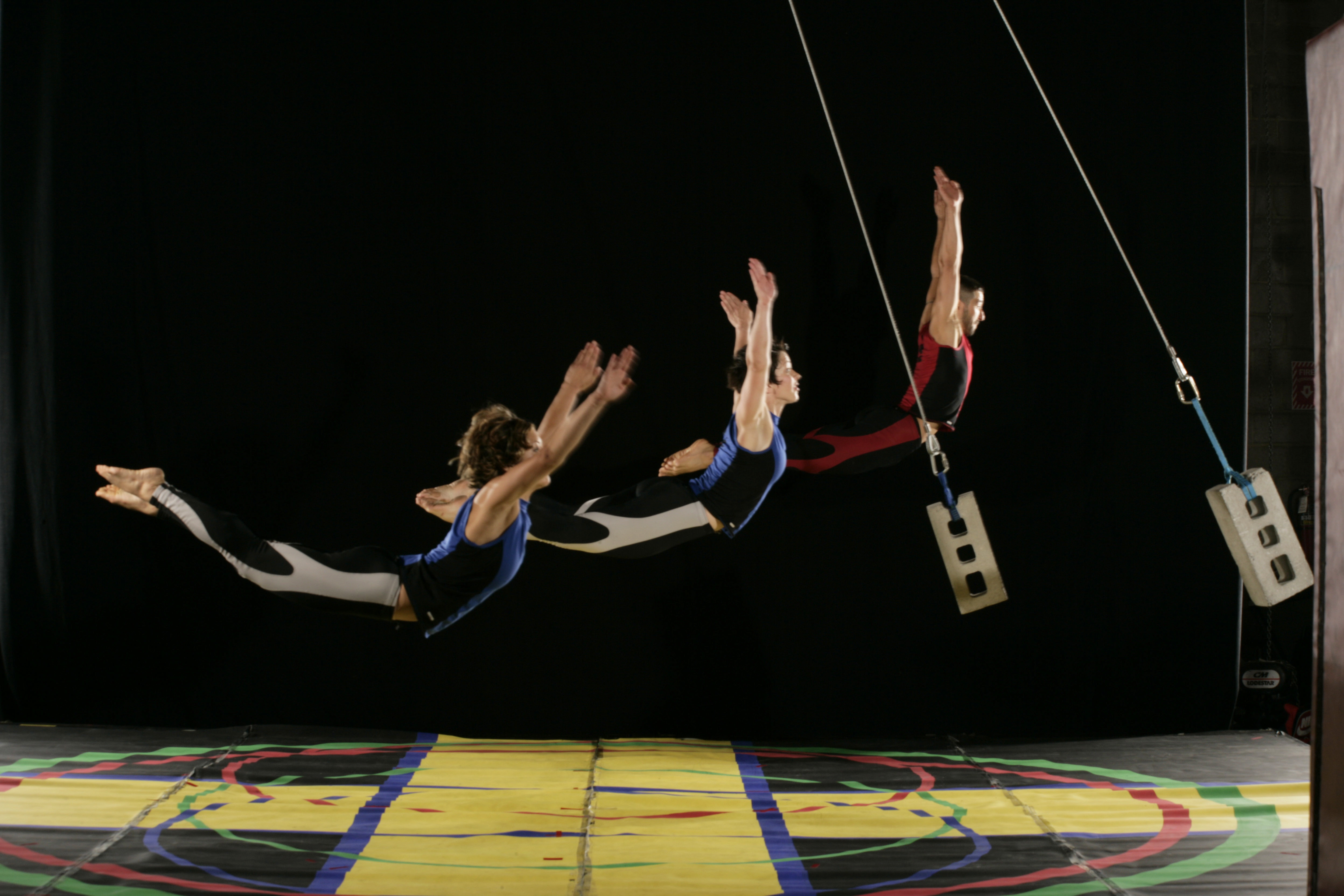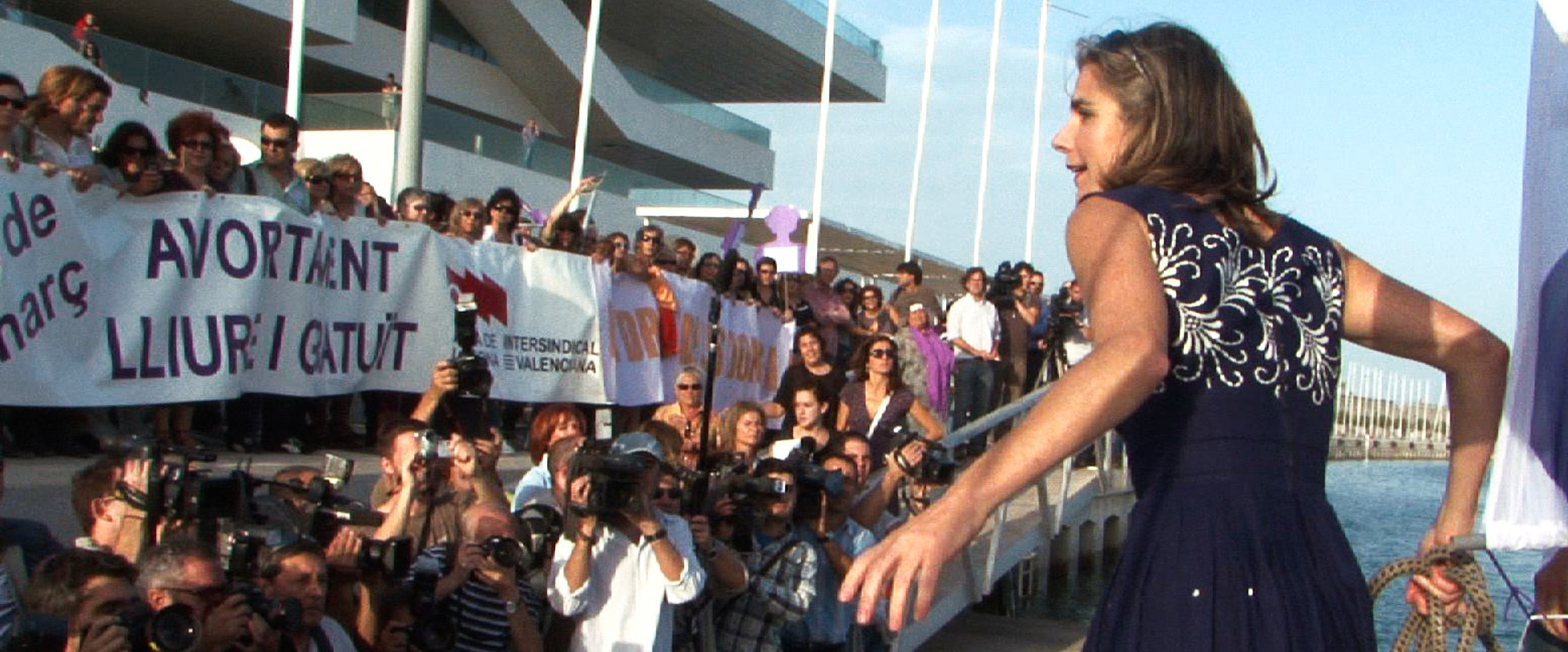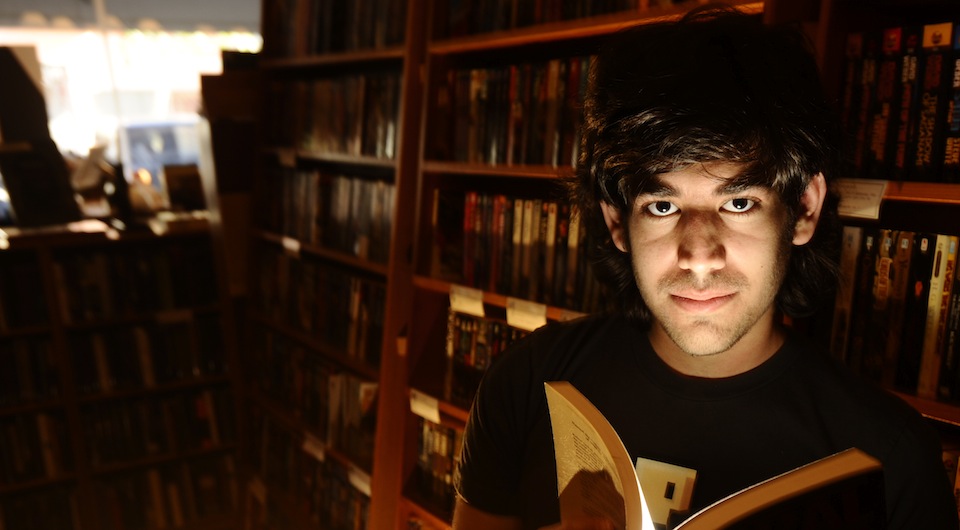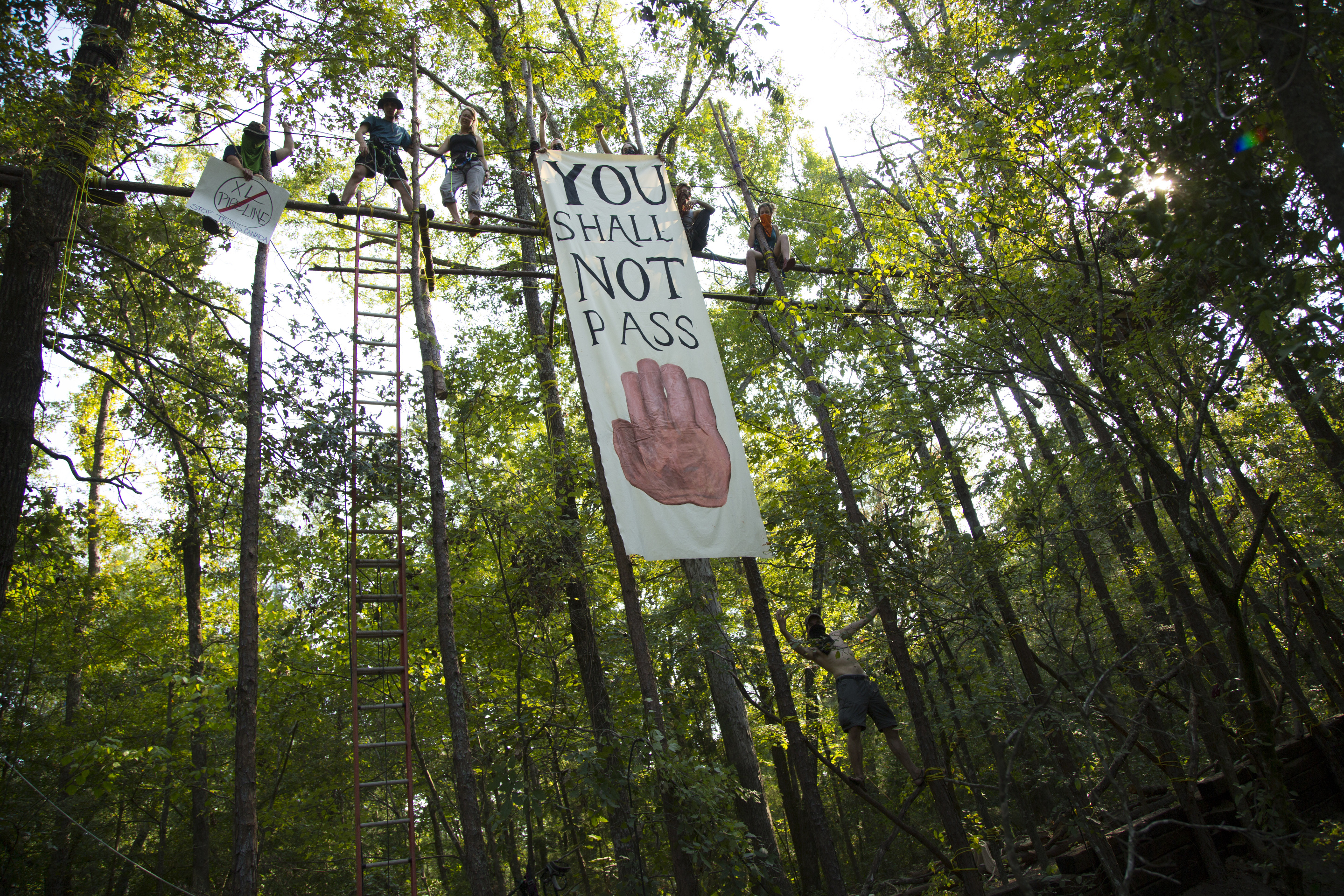What comes to mind when you think of dancers? Elegant, graceful ballet? An experimental, intellectual modern dance routine? Swing and other forms of big band dance?
Then there’s the Streb Extreme Action Company, led by Elizabeth Streb, a uniquely talented and passionate choreographer. Using Streb’s “Pop Action Technique,” her “action heroes” defy death by climbing, spinning, dancing with swinging steel I-beams and hurling themselves through the air. Born To Fly, the new documentary from director/producer Catherine Gund, follows Streb and Company as they work toward their most audacious performance: a full day of events to celebrate the London Olympics that culminated with her dancers dangling hundreds of feet in the air from The London Eye.
The Streb heroes are passionate and, if not fearless, unafraid to look the potential consequences of their work in the face. All forms of professional-level dance are hard on the human body (dancers are famous for their feet, often damaged and ugly from repeated injury), yet we think of this art differently from other forms of human achievement. Elizabeth Streb repeatedly compares her work to boxing — when a boxer steps into the ring, it’s not about whether they’ll get hurt but how much. So it is with the Pop Action Technique, designed to prevent serious injuries and minimize others.




